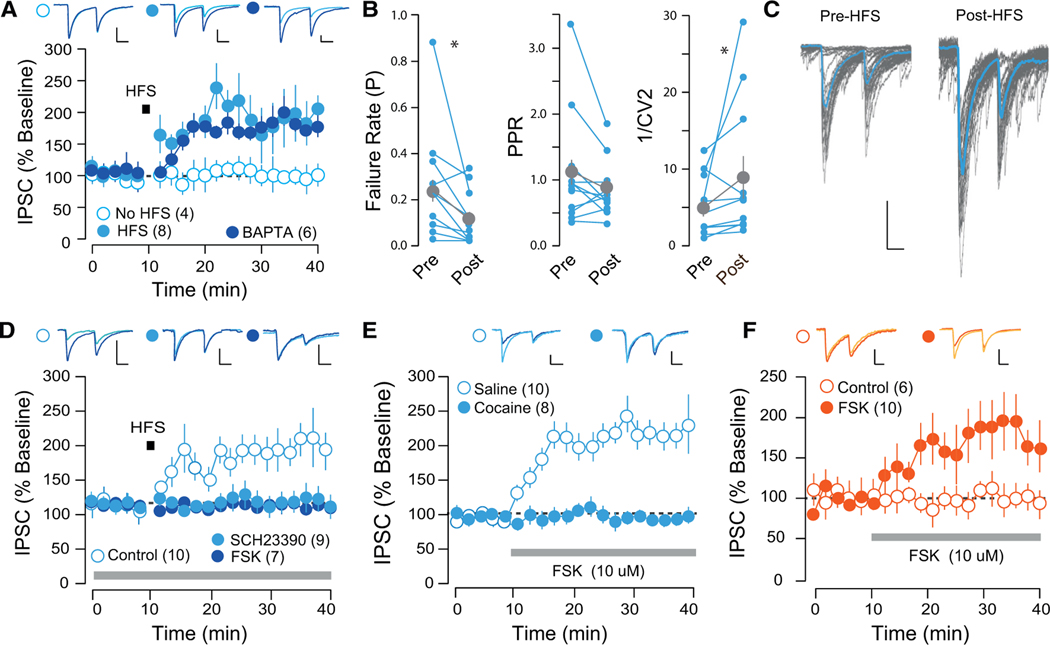Figure 3. HFS-Induced LTP at D1-VP Synapses Is Presynaptic and PKA Dependent.
(A) HFS-induced LTP at D1-VP synapses was insensitive to postsynaptic BAPTA (mock HFS, 100.98% ± 16.51%, 6 cells from 3 mice; HFS, 188.63% ± 32.94%,11 cells from 4 mice; HFS with BAPTA, 170.09% ± 18.09%, 5 cells from 2 mice).
(B) HFS-induced LTP was associated with a decrease in the PPR, decrease in failure rate (FR), and no change in 1/CV2 (paired t test PPR, t = 2.27, p = 0.046; FR, t = 2.34, p = 0.042; 1/CV2, t = 0.863, p = 0.407, 11 cells from 4 mice).
(C) Twenty individual traces pre- and post-HFS protocol.
(D) HFS-induced LTP was prevented by incubation in SCH23390 of FSK (control [CTRL], 223.91% ± 16.09%, 4 cells from 2 mice; SCH23390, 92.69% ± 12.67%,9 cells from 3 mice; FSK, 114.3% ± 30.13%, 7 cells from 3 mice).
(E) Application of FSK induced an LTP at D1-VP synapses, which was occluded in cocaine-treated mice (SAL, 220.7% ± 21.72%, 10 cells from 3 mice; COC, 97.46% ± 9.06%, 6 cells from 2 mice).
(F) Application of FSK induced an LTP at D2-VP synapses (CTRL, 92.51% ± 9.11%, 4 cells from 3 mice; FSK, 175.5% ± 33.62%, 4 cells from 3 mice).
*p < 0.05; all plots mean ± SEM. For representative traces, first and last 20 trials of recording in light and dark blue, respectively. Scale bars, 20 pA, 20 ms.

